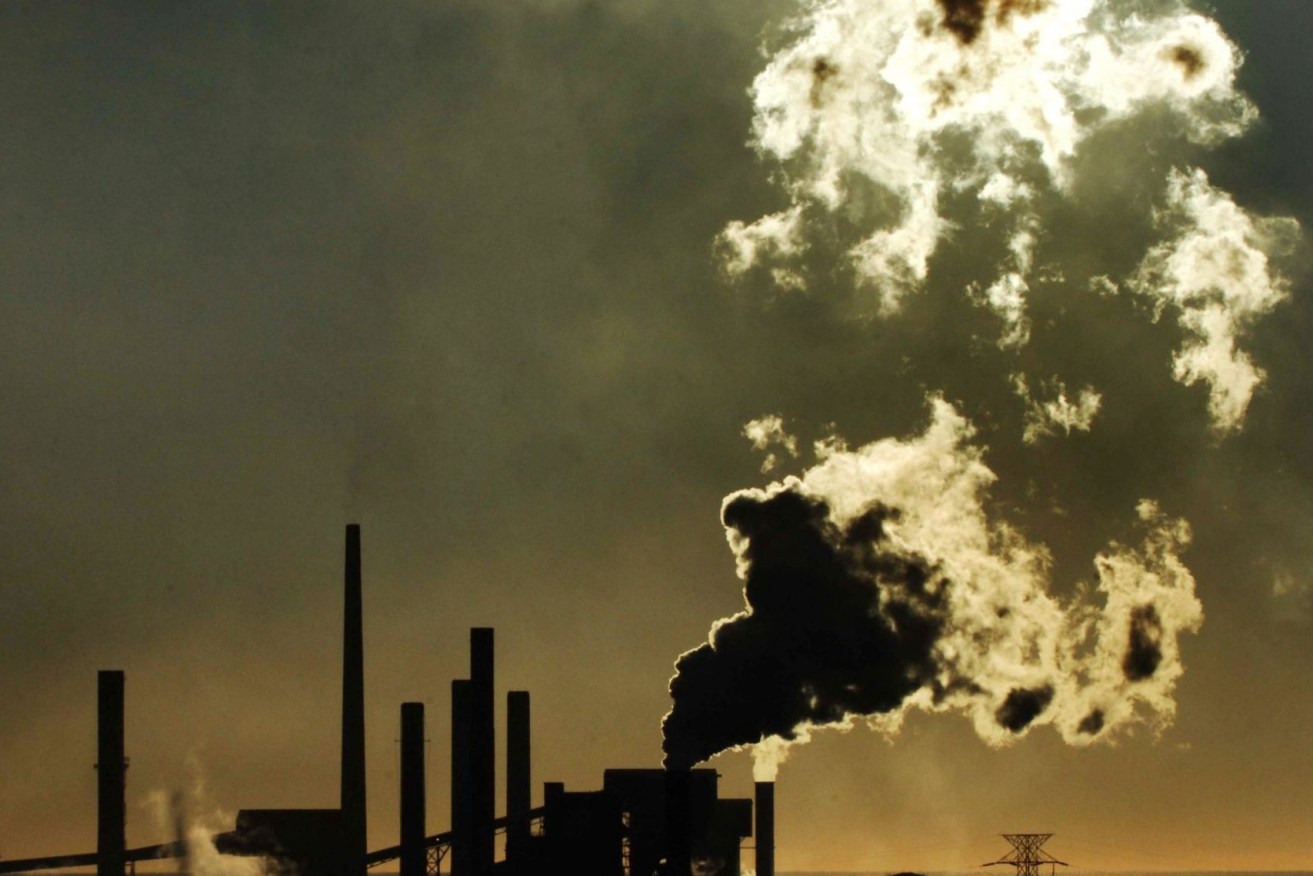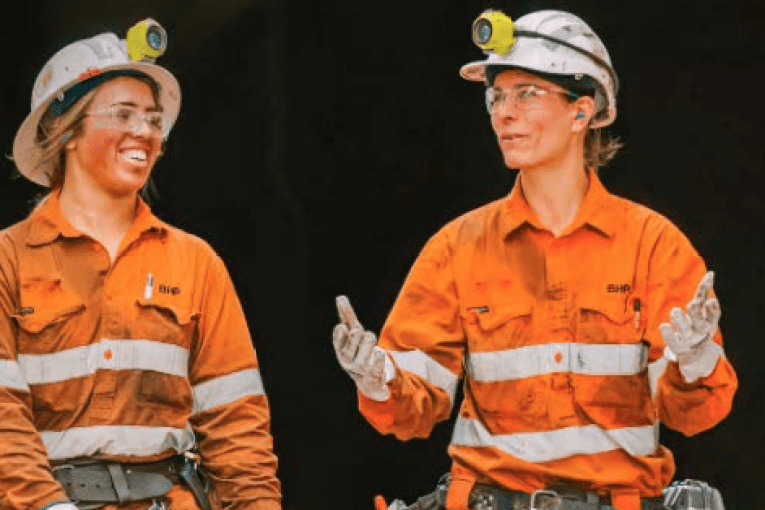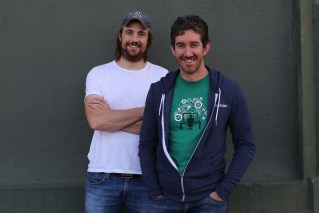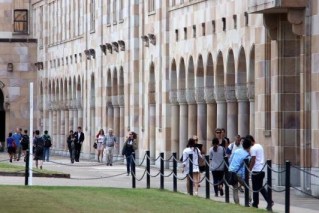How a global mining company plans to solve Queensland’s fossil fuel curse
Farmers, environment groups and councils have all attacked a plan by one of the world’s biggest mining companies that wants to pump carbon dioxide into the Great Artesian Basin as a last-ditch attempt to keep fossil fuels alive. What could go wrong?


The plan could keep fossil fuels alive (Photo: Dean Lewins/AAP)
It’s Queensland’s curse that it has all this natural energy endowment in coal and gas and yet much of it will never be used. Estimates in 2018 put the coal resource in Queensland at 63 billion tonnes, an enormous amount.
While much of that is uneconomic, a lot of it is viable. That vast resource led to a coal fever a decade ago, which eventually died down as market forces and, environmental concerns stepped in.
But what if the environmental concerns could be allayed by burying the CO2 emitted from power stations underground in places like the Surat Basin in a process called carbon capture and storage?
Would that risk the Great Artesian Basin for the sake of one of our biggest and most important industries? Can we throw out the precautionary principle for the sake of the economy? Well, many argue that we have done so before during the development of coal seam gas.
The fundamental questions are: can we trust the process and can we trust the mining industry? Do we need to sacrifice anything if we pursue renewables?
Glencore has a big plan. Its subsidiary, CTSCo, wants to pump 330,000 tonnes of carbon dioxide over three years from the Millmerran coal fired power station at very deep levels underground, near Moonie. In some cases, as deep as 2.3km.
It says the CO2 is food grade and similar to that used in soft drinks to give them a fizz, which is a line similar to the one used by CSG companies when they said the chemicals used in fracking were almost entirely found in everyone’s kitchen. It pays to have a homely comparison.
The argument against this idea is that it would seem a high risk play in which a foreign-owned company uses a massive social and environmental asset as a dumping ground for its industrial waste.
“The (CTSCo) project is intended as a first step towards a large-scale carbon capture use and storage within a Surat Basin hub with emissions from multiple generators and other industrial sources being captured and safely stored,’’ Glencore says.
Simply put, this would mean that if its plan was successful, mining and gas companies could continue to use the vast resources of fossil fuels in Queensland for energy while storing its climate-impacting gases in geological formations which would trap them forever.
It could be a significant step in the battle against climate change, but it has outraged agricultural groups, environmentalists and councils. It’s not even new technology. Shell has being doing something similar since 2015.
Agforce has announced a legal challenge in the Federal Court against the project. Specifically, it has challenged a legal decision in 2022 by the Federal Environment Department was not captured within the EPBC Act.
Agforce said that decision was absurd and it was ridiculous a project like this could proceed this far.
Glencore has identified an aquifer for the CO2 storage which it said contains non-potable water that has fluoride levels six times above the safe drinking level and is not used by any agricultural producer within a 50-kilometre radius.
As well as benefitting the power station, the project could help the development of blue hydrogen, which uses fossil fuels as a feedstock and is much cheaper than green hydrogen, which uses water and renewable energy.
Hydrogen is considered part of the solution to developing a clean energy industry.
A secondary but not insignificant problem is the community which has already endured an industrialisation of the region through power stations, coal seam gas and now renewables.
Carbon capture was a favourite of the previous Morrison Government. Labor is not so sure and at its conference last year it passed a motion to limit the process to the “hard to abate’’ sectors like cement manufacturing.
But its position gets a bit rubbery from there leaving it plenty of wriggle room.
The Climate Council says the strategy is a vastly expensive failure elsewhere and was a licence to ramp up emissions, but CCS has support globally.
The aquifer targeted by Glencore is part of the Great Artesian Basin, a massive underground sea that is the lifeblood of agriculture and towns in the Outback. It stretches from the western cape down the spine of Queensland and blows out to cover an area from northern South Australia to west of Brisbane and down into northern NSW.
It is the one of largest fresh water resources in the world covering 1.7 million sq km with about 65 million gigalitres of water. In the old staple measurement of water bodies, it is about 130,000 Sydney Harbours.
Farmers, who in the past were far from blameless in their abuse of the GAB with thousands of untapped bores dotted throughout the state, are up in arms. So too are councils and environmental groups.
Councils are concerned the project could contaminate drinking water and mayors have said not enough was known about potential disturbance of the GAB.
Murweh Shire Mayor Shaun (Zoro) Radnedge said after a decade of drought the community knows the value of drought.
“If this project was proposed for underneath the Great Barrier Reef would we be considering this?” he asked.
Etheridge Shire Mayor Barry Hughes said any idea of putting carbon back into the Great Artesian Basin was non-negotiable.
Agforce said It beggars’ belief that one of the natural wonders of the world could be under threat.
“This proposal is akin to pumping industrial waste into the Great Barrier Reef – yet could we imagine any Australian leader sitting back to let that happen? No way!
“Let’s be clear, the lifeblood of inland Australia is under threat…and that’s why we’ve stepped up to defend it. Every one of us should be outraged by what’s on the table being considered.’’
The Glencore plan is going through environmental assessment. The public consultation period has ended and it will respond to submissions at the end of March before the State Government makes its decision.












